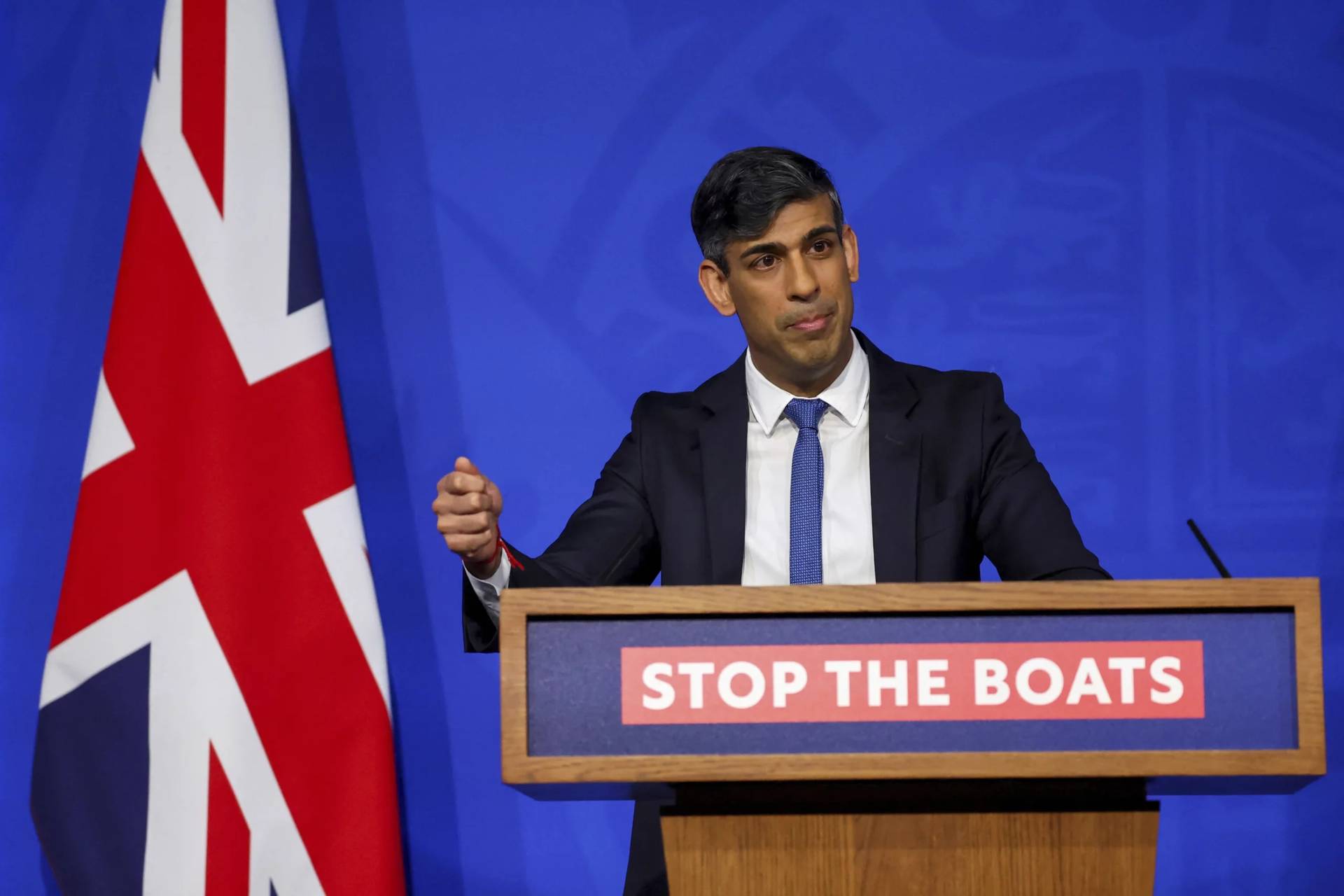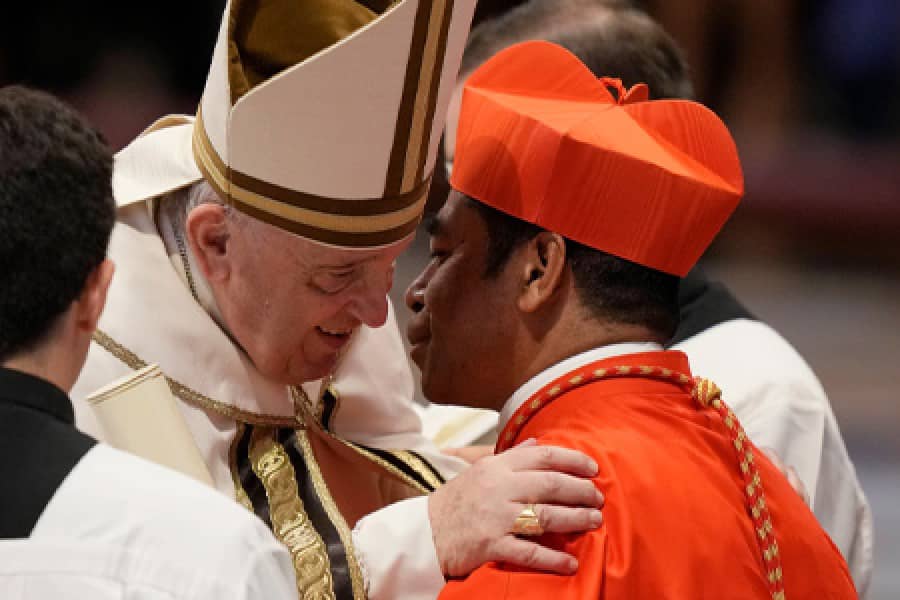Sometimes in the news business, stories run their course without the explosive ending their dramatic arc would seem to merit. Think a nasty lawsuit, for instance, which ends with an amicable settlement, or the early years of the Super Bowl when a matchup that looked like a heavyweight collision on paper ended with a blowout.
Such would appear to be the case with the conclusion announced Thursday of the Vatican’s now six-year-old investigation of the Leadership Conference of Women Religious (LCWR), the main umbrella group for the leaders of women’s religious orders in the United States.
The review was first communicated to the LCWR in 2009, and came to a preliminary crescendo with a tough “doctrinal assessment” in 2012 accusing the organization of various forms of dissent and error.
Purely at the level of perception, this was a made-for-Hollywood standoff between rigid male hierarchs and feisty progressive nuns. Most media outlets and a solid chunk of Catholic opinion at the grassroots, naturally, sided with the nuns.
“If the bishops really want to investigate somebody, maybe they should look at themselves,” became a common refrain.
Coming on the heels of a separate Vatican probe of all women’s orders in the States, news of the LCWR crackdown fueled TV interviews with nuns in tears, saying they felt their life’s work was being called into question. Along the way, it prompted leading experts on religious life to speculate about the nuns “going non-canonical,” meaning cutting their ties with the institutional Church and setting up shop on their own.
Some Catholics who feel the LCWR long ago parted company with orthodoxy, embracing the push for women priests and adopting a sort of vague New Age spirituality, licked their chops at the prospect that someone had finally noticed. Many felt the natural ending would be to de-certify the LCWR as an authentically “Catholic” organization, as a warning to liberal nuns everywhere.
The women religious, meanwhile, developed one of the most brilliant PR vehicles in recent Catholic history with the 2012 “Nuns on the Bus” tour. It actually had nothing to do with either the LCWR probe or the separate Vatican review of women’s orders, but was instead designed to raise the profile of social justice concerns in American politics. Given the coincidence, however, it was taken as a symbol of populist defiance by nuns determined not to back down.
Despite all of that, the whole thing ended on Thursday with a whimper rather than a bang.
The conclusion was announced with a brief, 1,000-word statement from the Congregation for the Doctrine of the Faith, the Vatican department that launched a doctrinal review of the LCWR in 2009, expressing satisfaction with the results and praising those who took part, including three American bishops who were empaneled to run the process.
“The very fact of such substantive dialogue between bishops and religious has been a blessing to be appreciated and further encouraged,” the document says. “The commitment of LCWR leadership to its crucial role in service to the mission and membership of the conference will continue to guide and strengthen LCWR’s witness to the great vocation of religious life, to its sure foundation in Christ, and to ecclesial communion.”
Sister Sharon Holland, the LCWR president and a former longtime official of the Vatican’s Congregation for Religious, struck a similarly happy note.
“Through these exchanges, conducted always in a spirit of prayer and mutual respect, we were brought to deeper understandings of one another’s experiences, roles, responsibilities, and hopes for the Church and the people it serves,” Holland said. “We learned that what we hold in common is much greater than any of our differences.”
No new disciplinary measures or controls were imposed, and there was no punishment for dissent or acknowledgment of error. In essence, everyone walks away unscathed.
All this may seem a stunningly pacific outcome, except for four factors.
1. Both the more sweeping investigation of women’s orders and the LCWR investigation were orphans almost as soon as they were born.
Both were pushed forward at the beginning by a handful of well-placed American cardinals in Rome coming to the end of their careers, who were convinced that they’d watched the progressive disintegration of religious life in the country and felt this was their last chance to do something about it. They persuaded friends in the right Vatican departments to set the wheels in motion.
The US bishops were not consulted; had they been asked, most would have voted “no.” Even those who shared many of the same concerns about the drift in women’s orders, perhaps especially the LCWR, would have argued there were better ways of addressing them.
Inevitably, many of them said, a Vatican investigation will be perceived as punitive, creating a PR nightmare. That’s what Boston Cardinal Sean P. O’Malley meant when he told “60 Minutes” that the whole thing had been a “disaster.”
2. The election of Pope Francis in March 2013 emboldened moderates in the system, which among other things means people genetically averse to nasty public confrontations.
In some ways, an epitaph for the crackdown on nuns could have been written that day.
3. The LCWR clearly made a corporate decision to work within the system and try to reach a compromise, made concrete in the choice of Holland as their leader during the peak period of the review.
If somebody were to put together a short list of the most respected women in Catholicism by all ideological camps, Holland probably would be on it. She’s an old Rome hand and is still admired there, but she’s also cherished by the nuns, including more liberal elements who otherwise might be suspicious of someone with her Vatican pedigree.
4. The choice of Archbishop Peter Sartain of Seattle to oversee the LCWR probe for the American bishops was also an option for a happy outcome.
In the eyes of some, Sartain profiles as a doctrinal conservative, but he’s got a pastoral streak a mile wide. Those who knew him understood that he would not go into the process looking to exercise the nuclear option.
In other words, as much as it would have been fun to have a cataclysmic close to the LCWR story befitting the fireworks it produced, Thursday’s soft landing was, in many ways, written in the stars.
















